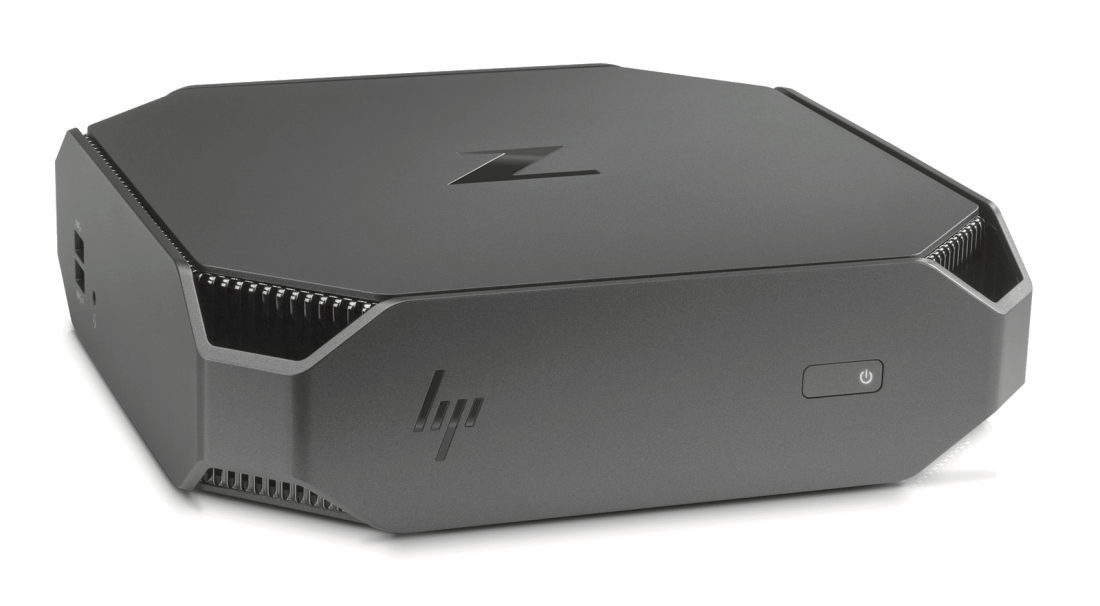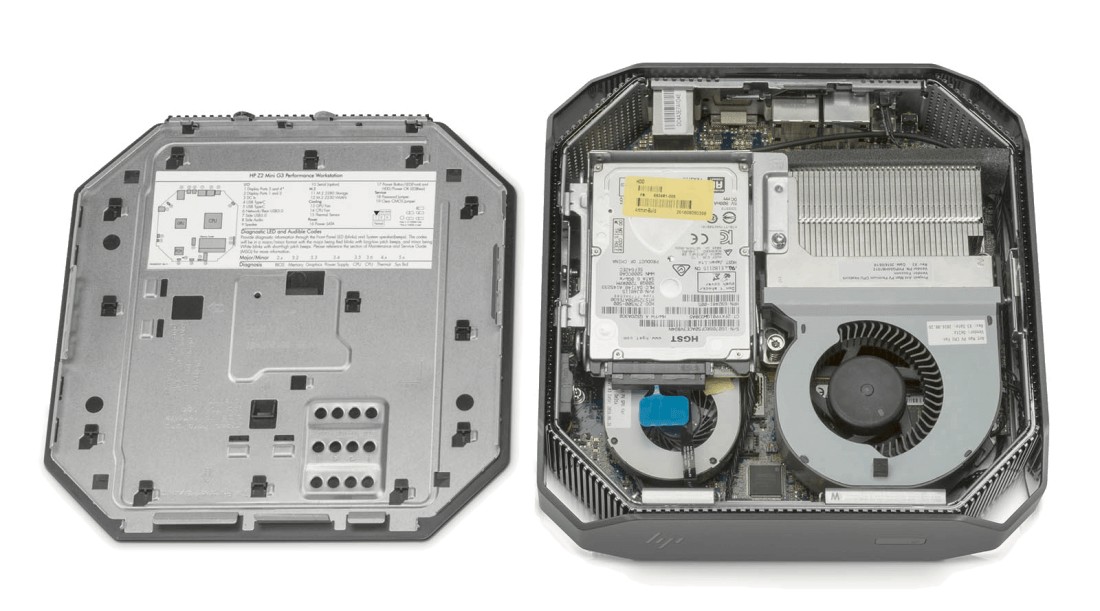
HP has unveiled a mini workstation aimed at architects, engineers, and other professionals that rely on graphics-intensive computer-aided design (CAD) software. The HP Z2 Mini measures a mere 2.3 inches tall and 8.5 inches wide, but packs workstation-class parts like Intel Xeon processors and powerful NVIDIA Quadro M620 professional graphics.
HP says the Z2 is “90 percent smaller than a traditional business-class tower" and is twice as powerful as any mini PC on the market. It is also 63 percent quieter than HP's business-class mini PCs, according to the company, thanks to a custom cooling system.

HP says that the Z2 Mini Workstation will go on sale in December worldwide for $699. There aren’t many details regarding specific configurations but the system will be available with Core i3, Core i5, Core i7, or Xeon E3-1200v5 processor options, support for up to 32GB of RAM and 1.5TB of M.2 SSD storage. It also supports Quadro M620 professional graphics, which is a mobile graphics chip but it’s still more powerful than integrated Intel HD graphics.
Other features include three DisplayPort ports and two USB 3.0 Type-A ports for entry-level models, while higher-priced variants will feature an extra DisplayPort port and two USB 3.1 Type-C ports.

https://www.techspot.com/news/67070-hp-z2-mini-boasts-workstation-class-specs-tiny.html